Best practices for storing data intelligently for faster CER updates
- Posted On- 16 Nov 2019
I have performed more than two dozen new CERs and CER updates in the last 24 months. MEDEV 2.7/1 Rev 4 provides good guidelines on how to create and update a CER. At the same time, it does not clearly provide detailed pathway for the report structure and storing support data. In many cases, we found that once a clinical evaluation report is complete; there is no proper method to store supporting data. We keep summaries in the main body and this practice is good for a nice looking report, with appropriate content, but creates a challenge when we perform updates. A few of these challenges are:
- CER Audits: In most cases, the auditor prefers a well written report which covers all the requirements of the MEDDEV 2.7/1 Rev 4 standard. Hence it is very important that you keep the information, in the report, crisp and have back-up material ready in case the auditor asks for further details. Previously, we don’t keep this information once CER was completed and/or after the author left the company.
- New author for an update: It may be hard for a new author to understand the background and reasoning for rejecting some of the articles from the literature search. Very likely, there is a simple reason provided, but at times you need more information to satisfy an auditor.
- M&A: TheMedical Device Industry has seen a tremendous uptick in M&A activity during the past few years. This situation opens up new challenges related to combining multiple QMSs from the combined companies.
- Interpretation of MEDDEV 2.7/1 Rev 4: There is a learning cycle for any new standards and it is certainly true for European medical standards. MEDDEV was written at a high level and, at times, it’s hard to interpret it in a consistent manner.
We have come-up with a backup-type document where we store all the data from the literature, SOA and FDA MAUDE searches. This document is a highly automated spread sheet that intelligently captures the data and performs a preliminary analysis for inclusion in the CER.
The data is captured in four categories:
- A - Abstract selection criteria
- B - Article selection criteria
- C - MAUDE Search
- D-SOA - Litrature search
This tracker has helped us CER updates by reducing the time to perform an update by approximately 40%. Please reach out to me at contact@saracasolutions.com if you would like to know more about this tool.
Arun is a CER writer with tremendous experience clinical evaluation per MEDDEV 2.7/1 Rev 4. He holds a Bachelor’s degree in Mechanical Engineering. Arun has authored many clinical evaluation reports (CERs) in the areas including orthopedics, surgical instruments and laser phototherapy technologies.
Best practices for storing data intelligently for faster CER updates


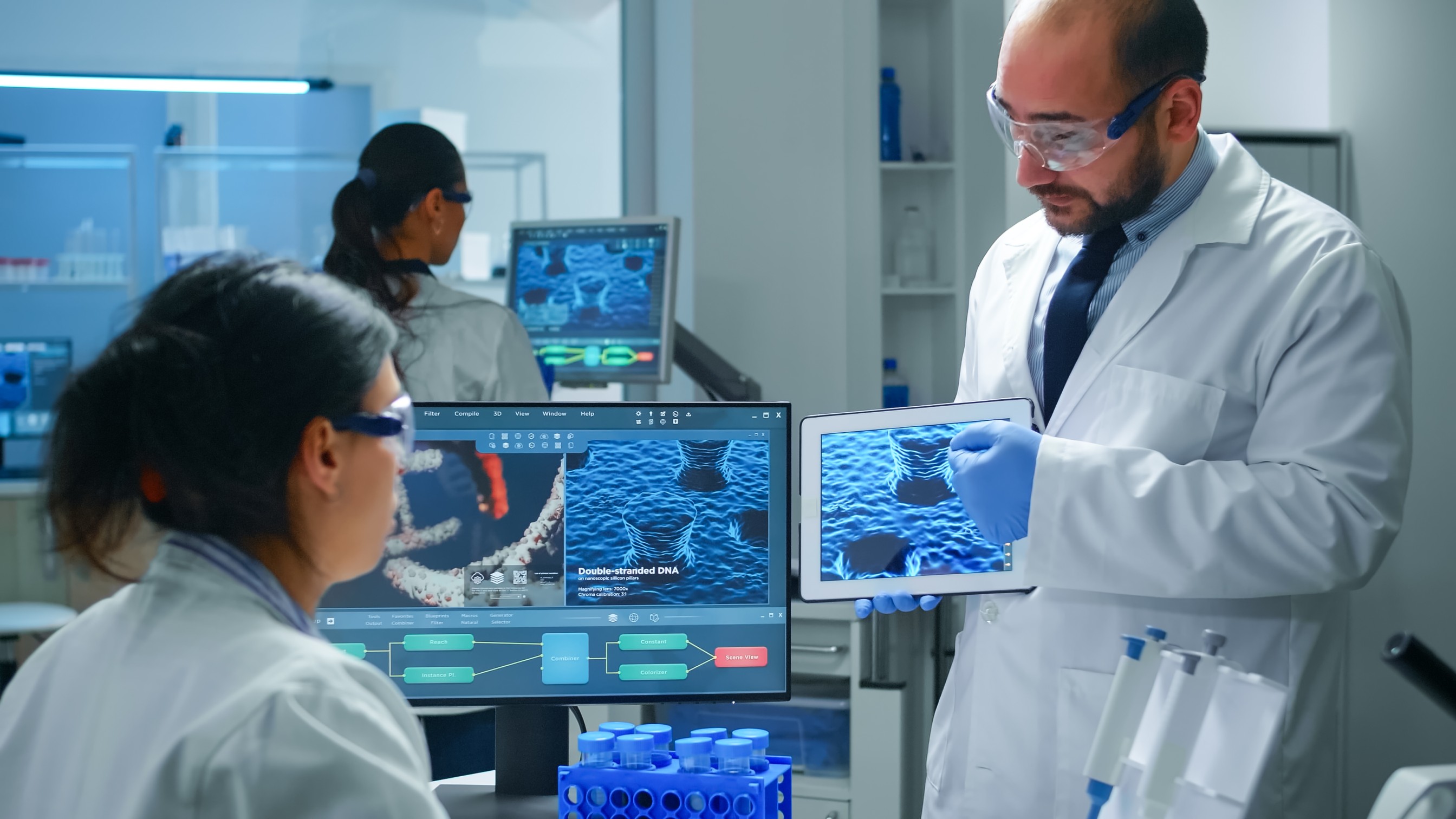

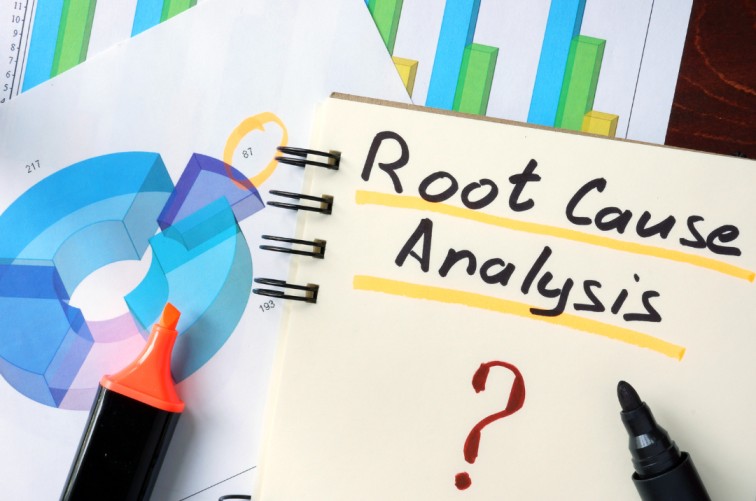


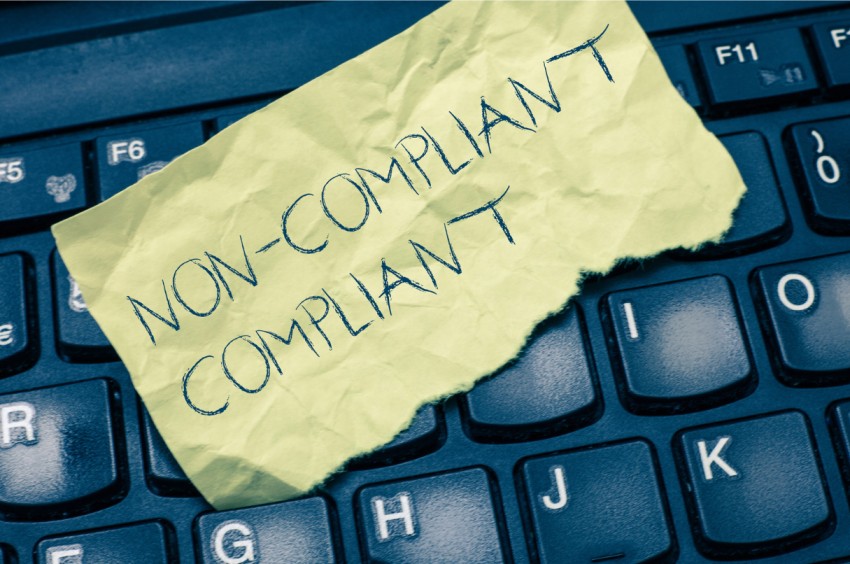


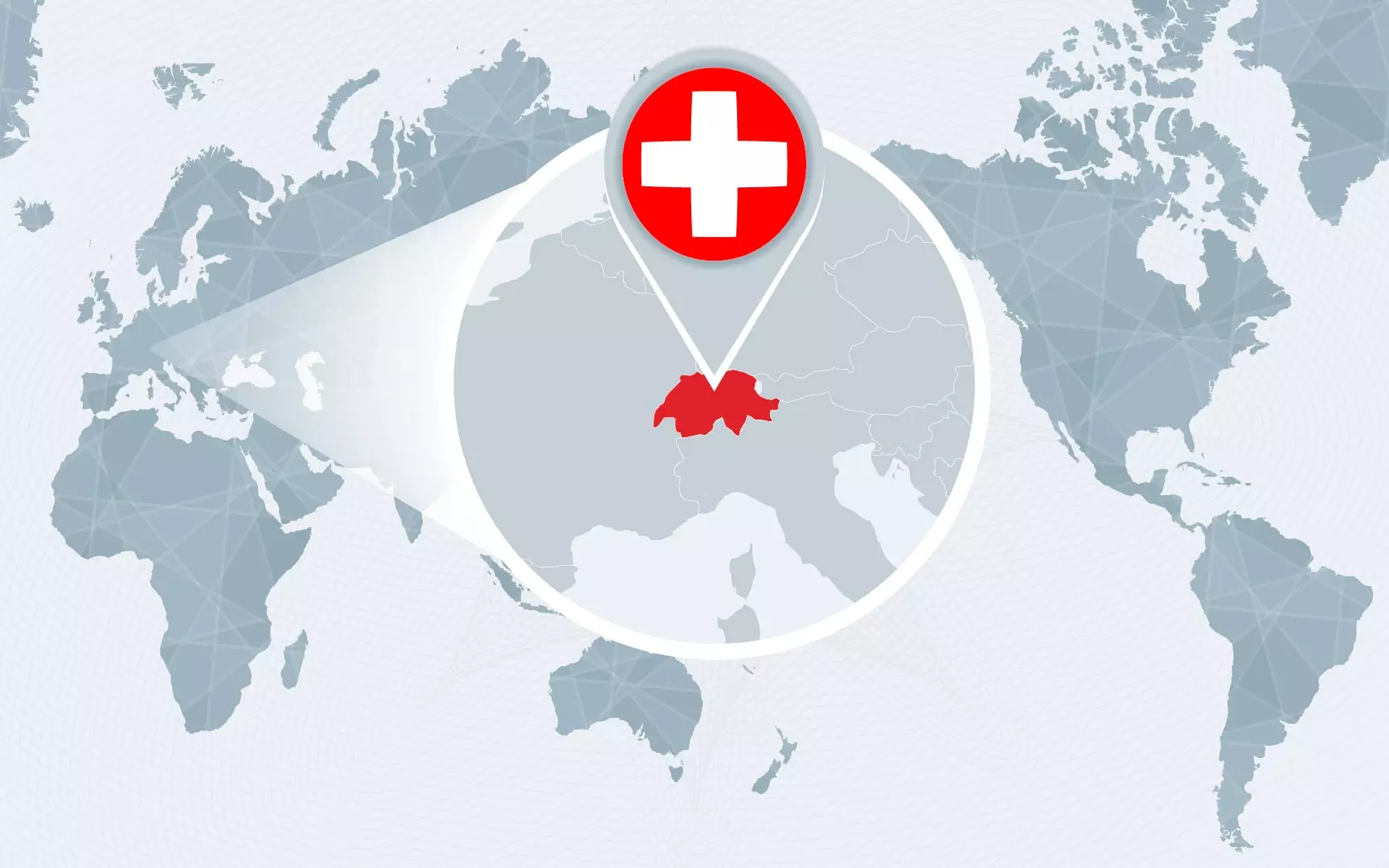


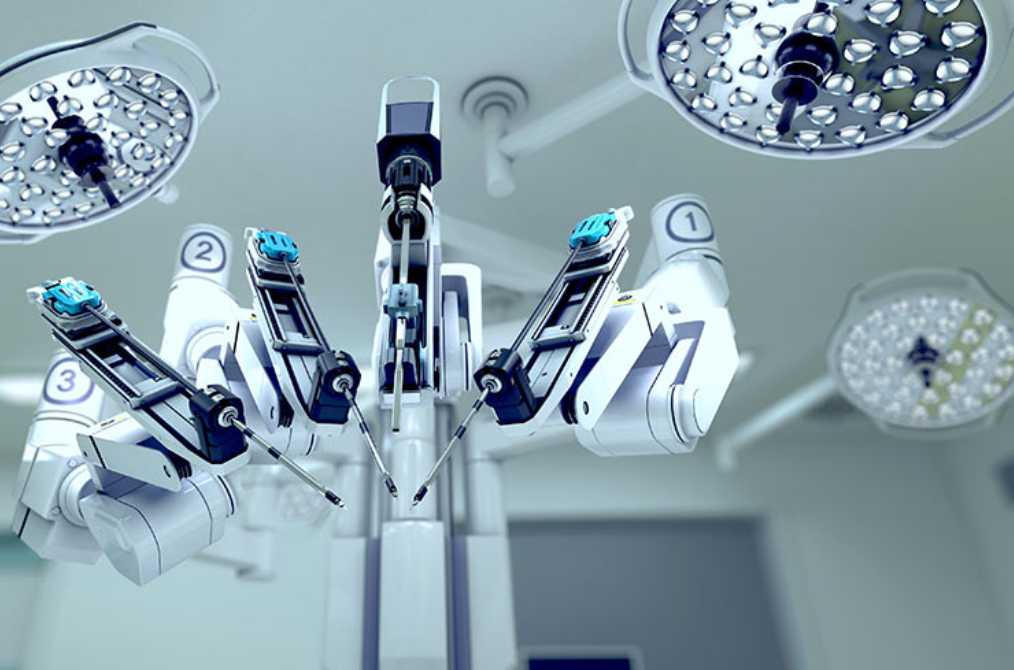



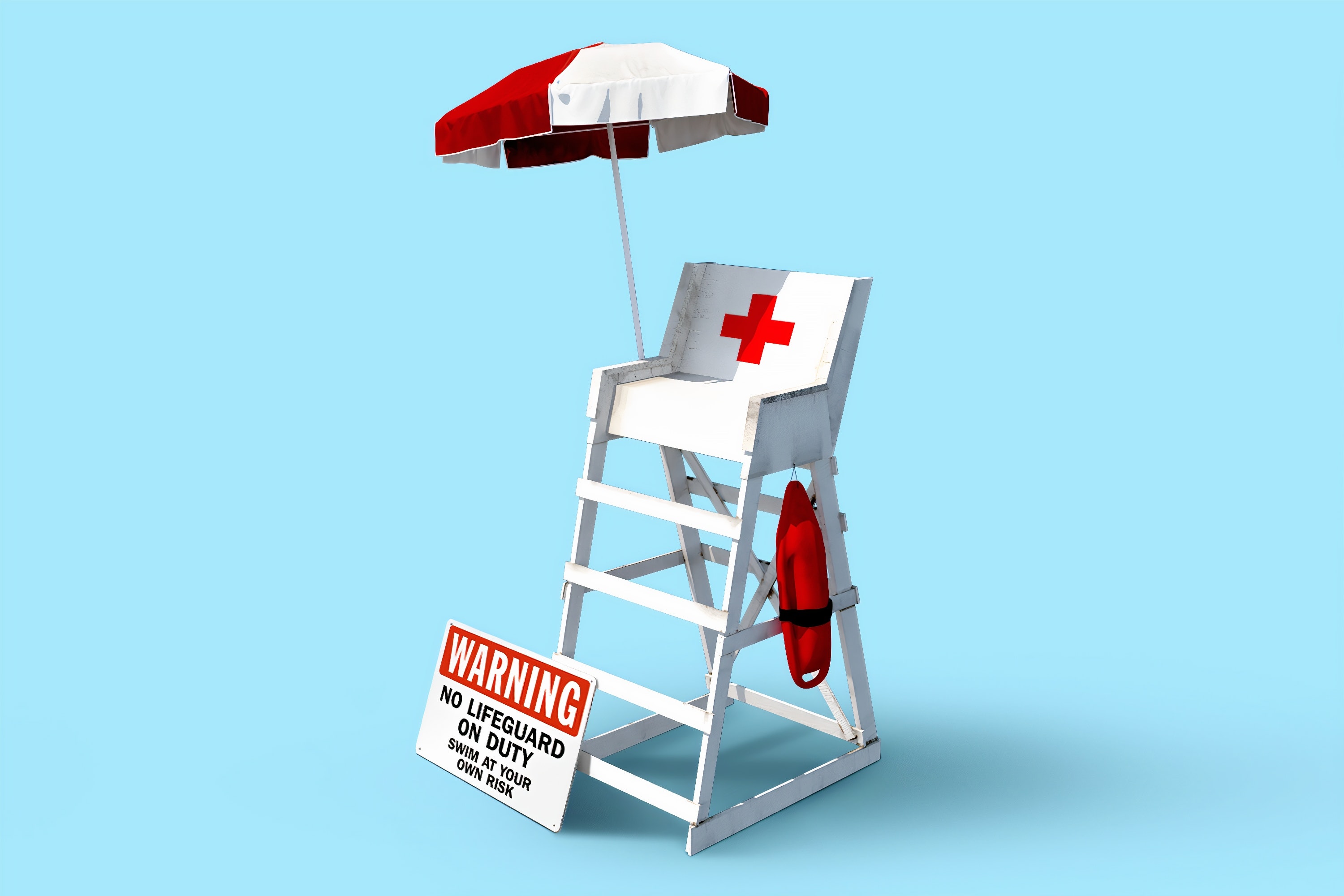


Comments
Rick Hans
Good blog about the challenges faced by small medical device companies in complying to global regulations.